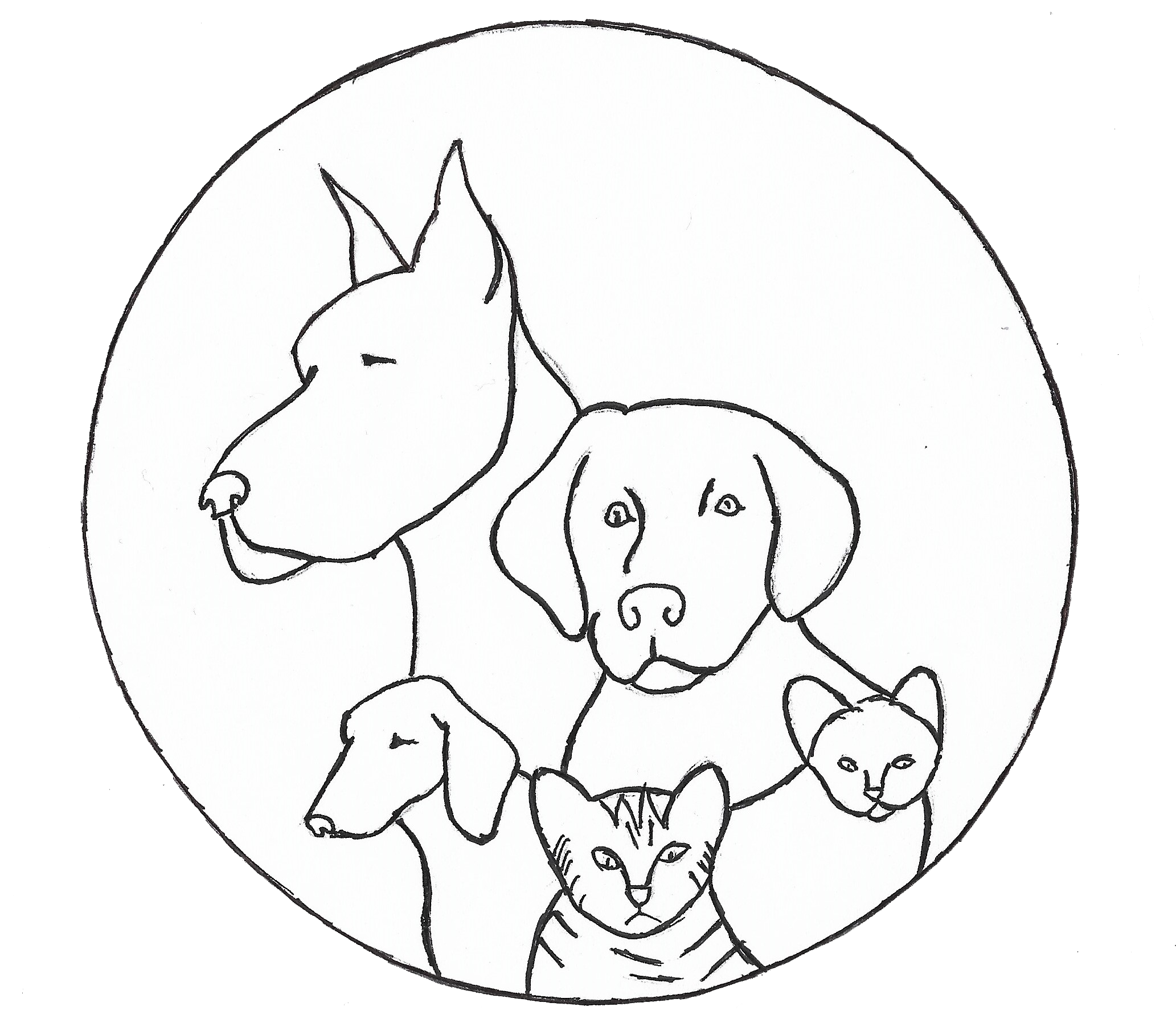Library
-
Birds are naturally mischievous and if not properly supervised, will get into many predicaments. It is crucial that you bird proof your home. The bird's cage is its house and the confines of your home represent the bird's environment.
-
Cats, with their curious nature, may fall victim to poisoning within the home. Cats’ small size, lack of ability to metabolize certain drugs, and their tendency to hide symptoms when ill, make their poisoning less obvious compared to dogs and may also delay treatment.
-
By using positive reinforcement, consistency, and good supervision it is simple to housetrain most dogs. Start housetraining right away, or even before you bring home a new puppy or dog. Most puppies will pause activity, sniff, and sometimes circle before squatting or posturing to eliminate. Other puppies may act generally restless and agitated when they have a full bladder or bowel. Watch closely for these signs, so you can help your puppy be successful. The goals of housetraining are to have your dog eliminate in the right areas, eliminate immediately when asked, communicate the need to eliminate, eliminate on or off leash, and when you are near a person, and hold bladder and bowels when inside/not in the elimination area. This handout describes easy to follow instructions to help housetrain your puppy. If your previously well housetrained dog begins making mistakes, always consult your veterinarian for guidance.
-
Mini-pigs may be housed successfully inside if they are given enough space, an area in which to root, and proper environmental enrichment. Ideally, pet pigs should have access to a safe area of untreated lawn outside in which to root and chew on grass.
-
Aquatic turtles should be kept in an aquarium that is as large as possible, with enough water for the turtle to swim, a heated and dry area where the turtle can bask, a heat source, and a source of ultraviolet (UV) light. This article discusses how to keep the aquarium clean, proper temperature gradient, how to set up a basking area, using plants or rocks in the aquarium, UV light requirements, and other health and safety considerations.
-
Box turtles may be housed indoors or outdoors, depending on environmental conditions, in an escape-proof enclosure that ensures the animal’s safety from predators or household pets and from other dangers inside. A 20-gallon aquarium is usually adequate to begin with, depending on the size of the turtle, but as your turtle grows, you may need to provide it with a 60-100-gallon aquarium. This article discusses types of bedding to consider, light requirements, and additional features your turtle may need, as well as outdoor housing options and safety considerations.
-
In general, the bigger the cage, the better. This article provides recommendations on the best cage for your bird, including size, shape, material, and safety concerns. Preferred perches, feeding dishes, and toys are also addressed in depth.
-
Any cage used to house a pet rodent must be easy to clean, as poor husbandry and hygiene can contribute to illness in these animals. The bigger the cage, the better, as rodents need room to exercise and explore. While some species of rodents may be housed in pairs or groups, intact (unneutered) males and females should not be housed together, or they will breed. Different species should not be housed together. Rodents should be provided with paper bedding or shredded or recycled paper in their cages. Cleaning, enrichment, and exercise recommendations are also discussed.
-
In general, the bigger the cage, the better. This article provides recommendations on the best cage for your bird, including size, shape, material, and safety concerns. Preferred perches, feeding dishes, and toys are also addressed in depth.
-
A large, well-ventilated cage with a plastic bottom and wire walls and top is suitable. Wire-bottom rabbit cages are acceptable, but to decrease foot trauma, at least half of the wire floor should be covered with plastic, Plexiglas, or untreated wood. The bottom of the cage can be lined with hay or commercially available recycled paper products. Rabbits can be trained to use a litter box. Rabbits should never be allowed to run loose in the house unless they are supervised or contained in a rabbit-proof room.

